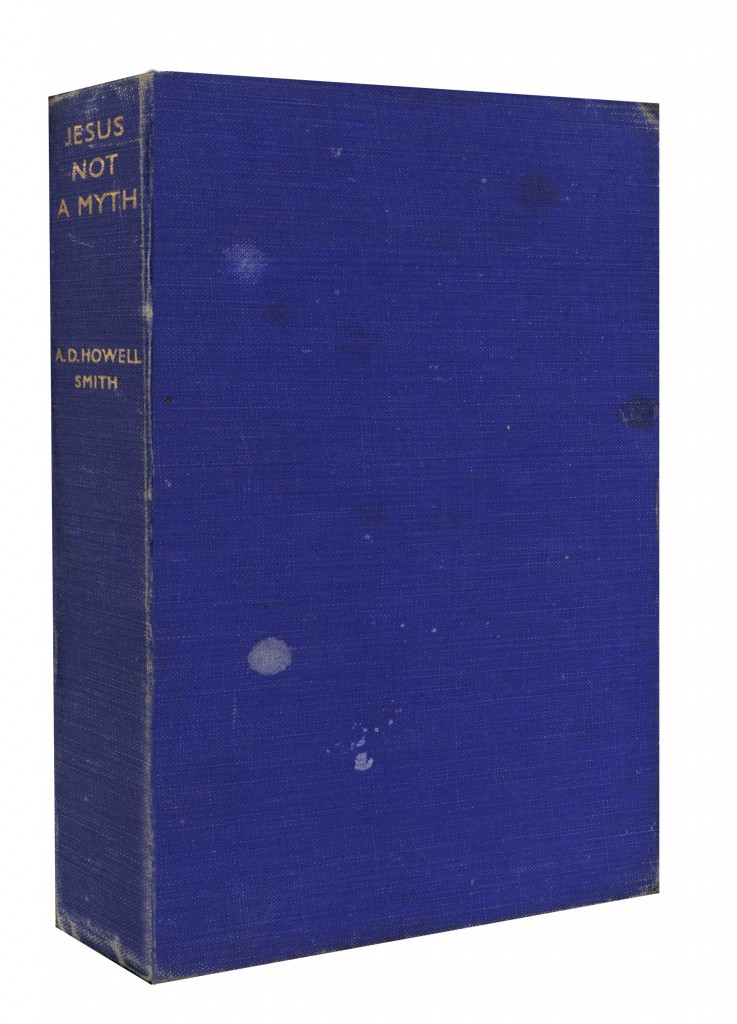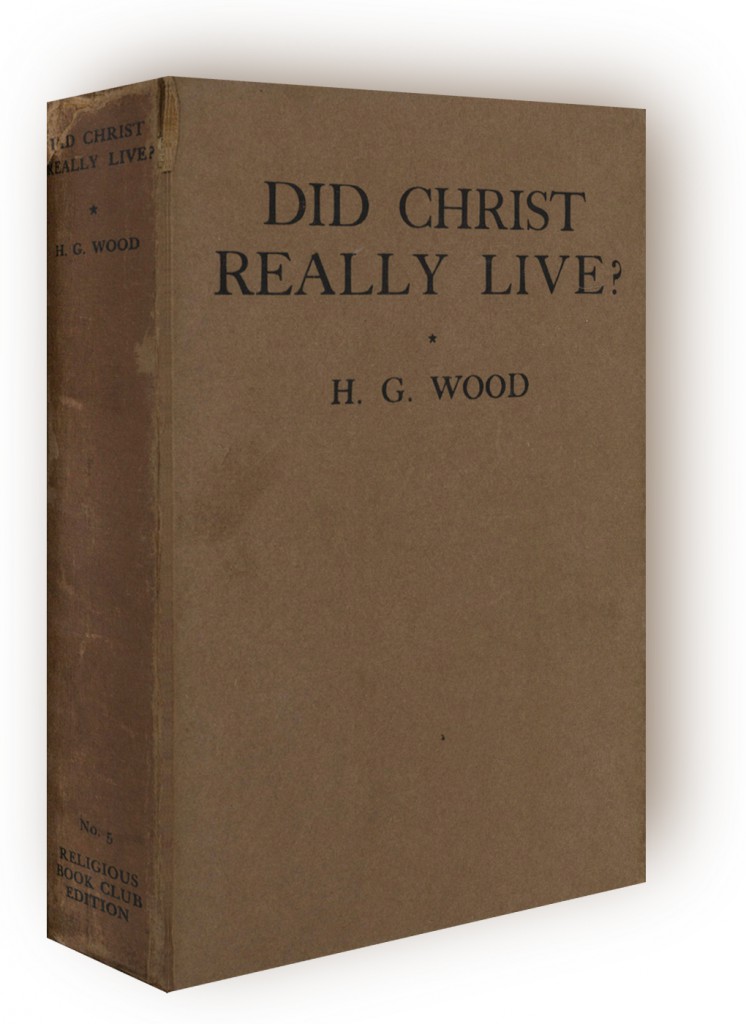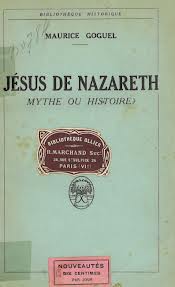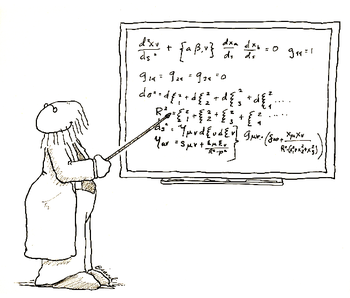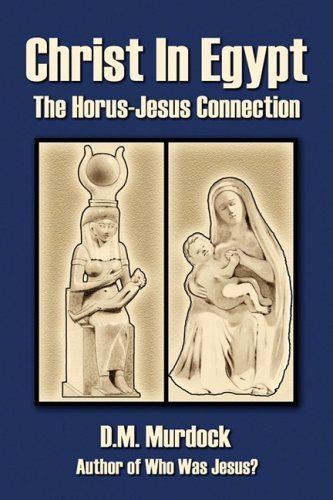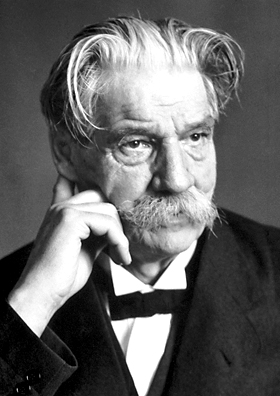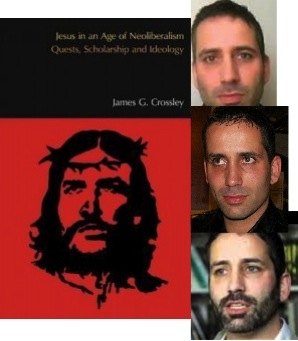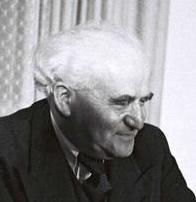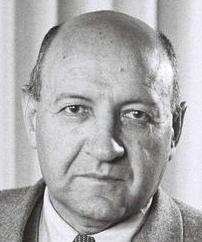|
The previous post in this series was focused on chapters 1 – 4 of 1 Corinthians. I proposed that the theme of the disruptive wisdom at Corinth was eschatological and that it featured an earthly kingdom of God. And I suggested that the points of contact between the wisdom discussion in Corinthians and the earthly kingdom described in the book of Revelation may indicate that the party of Cephas at Corinth had some connection with the Revelation community. I also showed how Paul’s resistance to a reign-on-earth doctrine is compatible with my hypotheses that he was Simon of Samaria and his gospel was the Vision of Isaiah. This scenario of such widely divergent sexual attitudes peacefully co-existing in the church founded by the Apostle makes me suspicious. My Simonian hypotheses offer an alternative explanation for the juxtaposition . . . .
This post will look at chapters 5 through 7. These abruptly introduce a new subject and present a picture of the Corinthian church that is very hard to accept at face value. Supposedly it was a church composed of Christians whose bizarre ethics somehow combined extreme sexual libertinism (chapters 5 and 6) with strict sexual asceticism (chapter 7)! Not only are some Corinthian Christians going to prostitutes, the community as a whole is apparently boasting about the incest of one their own who has his father’s wife. Yet at the same time some of them are considering a life of virginity. The Apostle has to tell them that it is no sin to get married. And he has to advise those already married not to abstain from sexual intercourse with their spouses. This scenario of such widely divergent sexual attitudes peacefully co-existing in the church founded by the Apostle makes me suspicious. My Simonian hypotheses offer an alternative explanation for the juxtaposition, one that reasonably squares with the Corinthian controversy as a whole. We are dealing with two authors, not one. The author of the original letter was Simon/Paul; the author of chapters 5 and 6 was the second-century proto-orthodox interpolator. These two chapters express the interpolator’s negative assessment of the Simonian church at Corinth. They interrupt, as I will show later in the post, the original situational continuity that existed between chapters 4 and 7 (whether or not this latter chapter was part of the original letter or just a follow-up response to questions provoked by it). Chapter 4 of 1 Corinthians ended with the Apostle offering himself as an example to be imitated (1 Cor. 4:16). He promised to send Timothy to the Corinthians “to remind you of my ways in Christ” (1 Cor. 4:17). But the proto-orthodox disapproved of many of Simon/Paul’s “ways,” and chapters 5 and 6 were inserted to register that disapproval. Whereas he wrote to his flock “not to shame you, but to admonish you as my beloved children” (1 Cor. 4:14), that was not the case with the interpolator. He is blunt: “I say this to shame you” (1 Cor. 6:5). |
.
The man who reportedly had the father’s wife

Chapter 5 begins by saying that it is “widely reported” that among the Corinthian brethren there is sexual immorality “of a kind unheard of even among Gentiles,” namely “a man has the father’s wife” (1 Cor. 5:1). The command is given to expel the man from the community and to deliver him to Satan “for the destruction of his flesh,” (1 Cor. 5:5). Yet the Corinthian church has apparently not been concerned about the situation. They were even proud of it: “You are puffed up” (1 Cor. 5:2). Their attitude is all the more puzzling in that the Apostle says he told them in a previous letter not to associate with whoremongers, avaricious people, extortioners, idolaters, revilers, or drunks. He offers a belated clarification that he meant brothers who are such, not non-Christians.
I find it hard to accept that there could have been that kind of disconnect between the ethical understanding of the founder of the Corinthian church and his flock. And the reference to an earlier letter could just be a fabricated excuse for the implausible disconnect. Did the Corinthian church really think that it was ok to associate with Christian idolaters and whoremongers but not with pagan ones? I doubt it. The situation described in chapter 5 is not only impractical (as the passage itself concedes: “You would have to go out of the world” – 1 Cor. 5:10), it is also unrealistic. Something else is going on here.
The nature of the “widely reported” incest is that “a man has the father’s wife” (1 Cor. 5:1). That description, it strikes me, is how a proto-orthodox Christian could view Simon’s outrageous claim that his companion Helen was divine Wisdom. To the proto-orthodox, Wisdom was personified as some kind of female consort of God who assisted him with the work of creation:
Does not wisdom cry out? And understanding lift up her voice? She stands at the top of the high places… I was set up from everlasting, from the beginning, before the earth was… When he established the heavens, I was there… When he made firm the skies above, when he established the fountains of the deep… then I was beside him, like a master workman, and I was daily his delight, rejoicing before him always…. And now, my sons, listen to me. Blessed are they who keep my ways… For whoever finds me finds life and obtains favor from the Lord. (Proverbs 8)
So when Simon came along and divulged to certain initiates of his that the woman he was taking around with him was divine Wisdom, was he not a man who reportedly had the Father’s woman?

 There is an interview with Reza Aslan where he really does address details of his argument in Zealot: The Life and Times of Jesus of Nazareth more than his “suspect motives as a Muslim” as we heard in the Fox interview. There is some discussion of his background, too, but not in the Fox manner.
There is an interview with Reza Aslan where he really does address details of his argument in Zealot: The Life and Times of Jesus of Nazareth more than his “suspect motives as a Muslim” as we heard in the Fox interview. There is some discussion of his background, too, but not in the Fox manner.